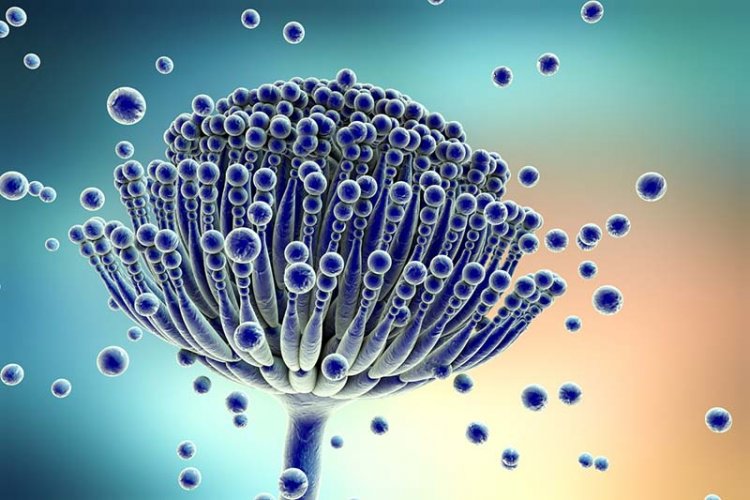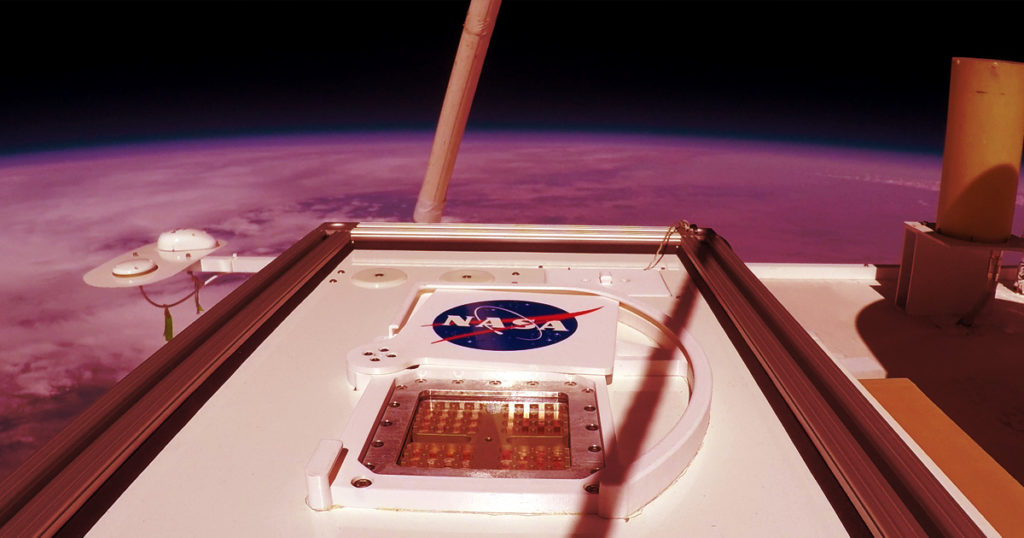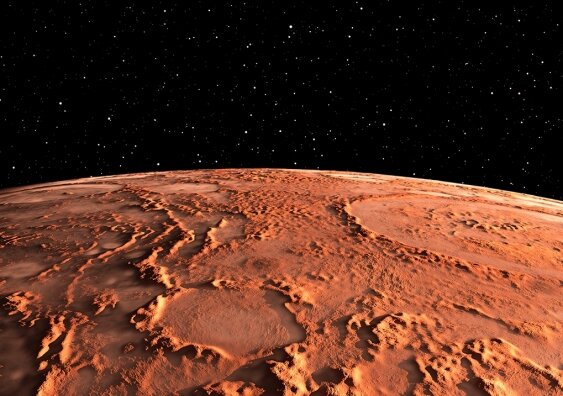Life from Earth could survive on Mars, at least for a while.
“The mold that’s hard to get out of your house could follow humans to the red planet.“

The following written content by Eric Mack
Scientists say some microbes from Earth could survive on Mars, at least temporarily, raising new problems and possibilities for future exploration of the red planet.
Researchers from NASA and the German Aerospace Center (DLR) sent certain microbes into Earth’s stratosphere, where conditions are strikingly similar to those at the surface of Mars.
“Some microbes, in particular spores from the black mold fungus, were able to survive the trip, even when exposed to very high (ultraviolet) radiation,” DLR’s Marta Filipa Cortesão explained in a statement.

Cortesão is one of the lead authors of a new study published in Frontiers in Microbiology.
It seems we really may never be able to get rid of that pesky black mold. It could even follow humans to another planet, which is what concerns the researchers.
“With crewed long-term missions to Mars, we need to know how human-associated microorganisms would survive on the red planet, as some may pose a health risk to astronauts,” says study co-author Katharina Siems from DLR. “In addition, some microbes could be invaluable for space exploration. They could help us produce food and material supplies independently from Earth, which will be crucial when far away from home.”
It’s also important to know what might be able to survive an interplanetary trip as we search for life on Mars, to avoid a false positive discovery of Martian mold that was really a stowaway on one of our spacecraft.

For the study, the team sent the microbes to the stratosphere inside a specially designed container called Marsbox (Microbes in Atmosphere for Radiation, Survival and Biological Outcomes experiment) that simulated the pressure and makeup of the Martian atmosphere. The box contained a layer shielded from radiation, and one that was unshielded.
“This allowed us to separate the effects of radiation from the other tested conditions: desiccation, atmosphere, and temperature fluctuation during the flight,” Cortesão explains. “The top layer samples were exposed to more than a thousand times more UV radiation than levels that can cause sunburn on our skin.” Read more from Cnet.
Subscribe here
Advertisement:
Oakley Men’s Oo9406 Sutro Sunglasses
$166.00






